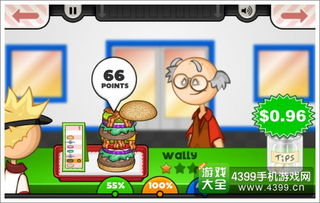区块链运营qukuailianyunying
Title: Comprehensive Operating Strategy for Blockchain Projects
In the dynamic realm of blockchain projects, success hinges not only on technological innovation but also on effective operational strategies. Crafting a comprehensive operating plan is essential for sustaining and growing a blockchain project amidst fierce competition and evolving market trends. Here’s a structured approach to system operations for blockchain ventures:
1.
Clear Vision and Objectives
Define the project's mission, vision, and longterm goals.
Establish measurable objectives to gauge success.
Align the vision with market demands and technological advancements.
2.
Robust Governance Framework
Develop a governance model ensuring transparency, accountability, and consensus.
Define roles and responsibilities for core team members, advisors, and stakeholders.
Implement mechanisms for decisionmaking, dispute resolution, and community engagement.
3.
Strategic Partnerships and Ecosystem Development

Identify strategic partners, investors, and collaborators to amplify project reach.
Foster a vibrant ecosystem through alliances with developers, enterprises, and academia.
Engage in ecosystembuilding activities such as hackathons, conferences, and meetups.
4.
Continuous Innovation and Research
Allocate resources for research and development to stay ahead of technological advancements.
Foster a culture of innovation by encouraging experimentation and idea sharing.
Regularly update the project roadmap based on market feedback and emerging trends.
5.
Community Engagement and Marketing
Build a loyal community by fostering open communication and transparency.
Leverage social media, forums, and newsletters to disseminate project updates.
Organize educational initiatives and incentivize community participation through rewards programs.
6.
Scalable Infrastructure and Security
Invest in scalable infrastructure to accommodate growing user demand.
Implement robust security measures to safeguard against cyber threats and vulnerabilities.
Conduct regular security audits and penetration testing to identify and mitigate risks proactively.
7.
Regulatory Compliance and Risk Management
Stay abreast of evolving regulatory frameworks and compliance requirements.
Collaborate with legal experts to ensure adherence to relevant laws and regulations.
Develop risk management protocols to mitigate legal, financial, and operational risks.
8.
Token Economics and Monetization Strategies
Design a sustainable tokenomics model that incentivizes desired behaviors and aligns with project objectives.
Explore diverse monetization avenues such as staking, governance fees, and ecosystem services.
Continuously assess and adjust the tokenomics model based on market dynamics and user feedback.
9.
User Experience and Adoption
Prioritize user experience (UX) design to enhance usability and accessibility.
Develop intuitive interfaces and seamless onboarding processes for mainstream adoption.
Educate users about the benefits of blockchain technology and the project's value proposition.
10.
Data Analytics and Performance Metrics
Implement data analytics tools to track key performance indicators (KPIs) and user metrics.
Analyze user behavior, market trends, and competitor strategies to inform decisionmaking.
Iterate and optimize operational strategies based on datadriven insights.
Conclusion
Effective system operations are the cornerstone of sustainable growth and success for blockchain projects. By adopting a holistic approach encompassing governance, innovation, community engagement, security, and strategic partnerships, blockchain ventures can navigate the complexities of the ecosystem and realize their full potential. Embrace adaptability and agility to thrive in a rapidly evolving landscape, while staying true to the project's core values and objectives.











